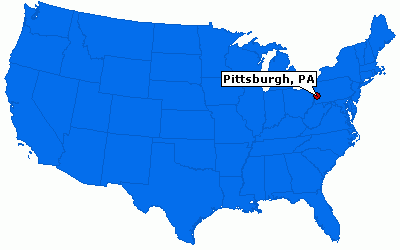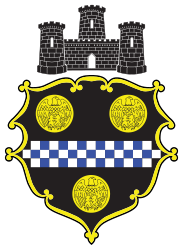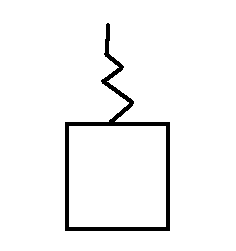While there is only one Pittsburgh, there are in fact many Pittsburgs. This is a series investigating how our ‘Burgh stacks up against our similarly named brethren in a number of categories both relevant and arbitrary.
![]()
 |
![[Astronomical Institute of the Charles University/CC BY 4.0]](http://theglassblock.com/wp-content/uploads/2016/09/484-pittsburghia.png) |
Pittsburgh, PA |
484 Pittsburghia |
 |
 |
| . | . |
304,391 residents (U.S. Census 2015 estimate) |
0 residents |
| . | . |
Is the second largest city in Pennsylvania and the heart of the 26th largest metropolitan area in the United States. |
Is an asteroid. |
| . | . |
 |
|
| . | . |
58.3 square miles (151 km²). |
32 km in diameter. |
| . | . |
Also known as Steel City, City of Champions, the ‘Burgh. |
Also known as 1902 HX. |
| . | . |
County seat of Allegheny County; annexed Allegheny City in 1907. |
457 Alleghenia, discovered two years earlier, named for Allegheny City astronomer John Brashear. |
| . | . |
Home to the historic Allegheny Observatory. |
Was discovered at the Heidelberg-Königstuhl State Observatory. |
| . | . |
Inhabited by Native Americans as early as 19,000 years ago. |
Discovered by Max Wolf in 1902. |
| . | . |
Explore interactive city maps at Google Maps. |
Explore clickable interactive modeling at 3D Asteroid Catalogue. |
| . | . |
Has two inclines: Monongahela and Duquesne. |
Inclination: 12.512º |
| . | . |
Eccentricity: Moderate to high. |
Eccentricity: 0.057501 |
| . | . |



